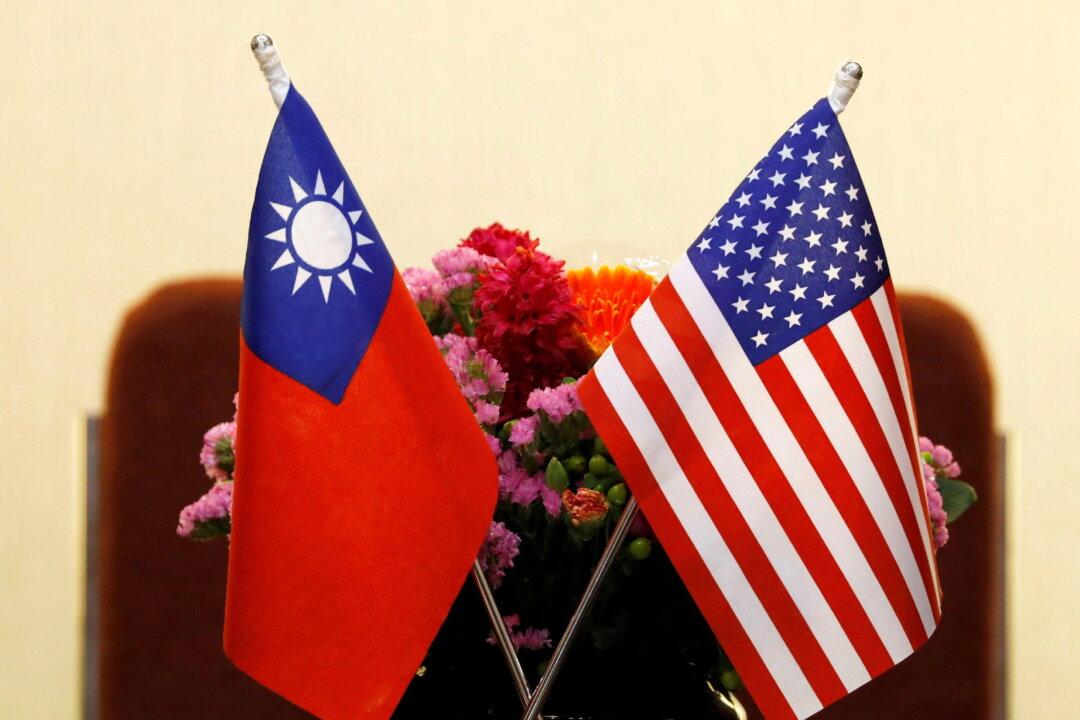Commentary
If China makes good on its frequently enunciated threats, Taiwan will be attacked by a large People’s Liberation Army (PLA) force.

If China makes good on its frequently enunciated threats, Taiwan will be attacked by a large People’s Liberation Army (PLA) force.